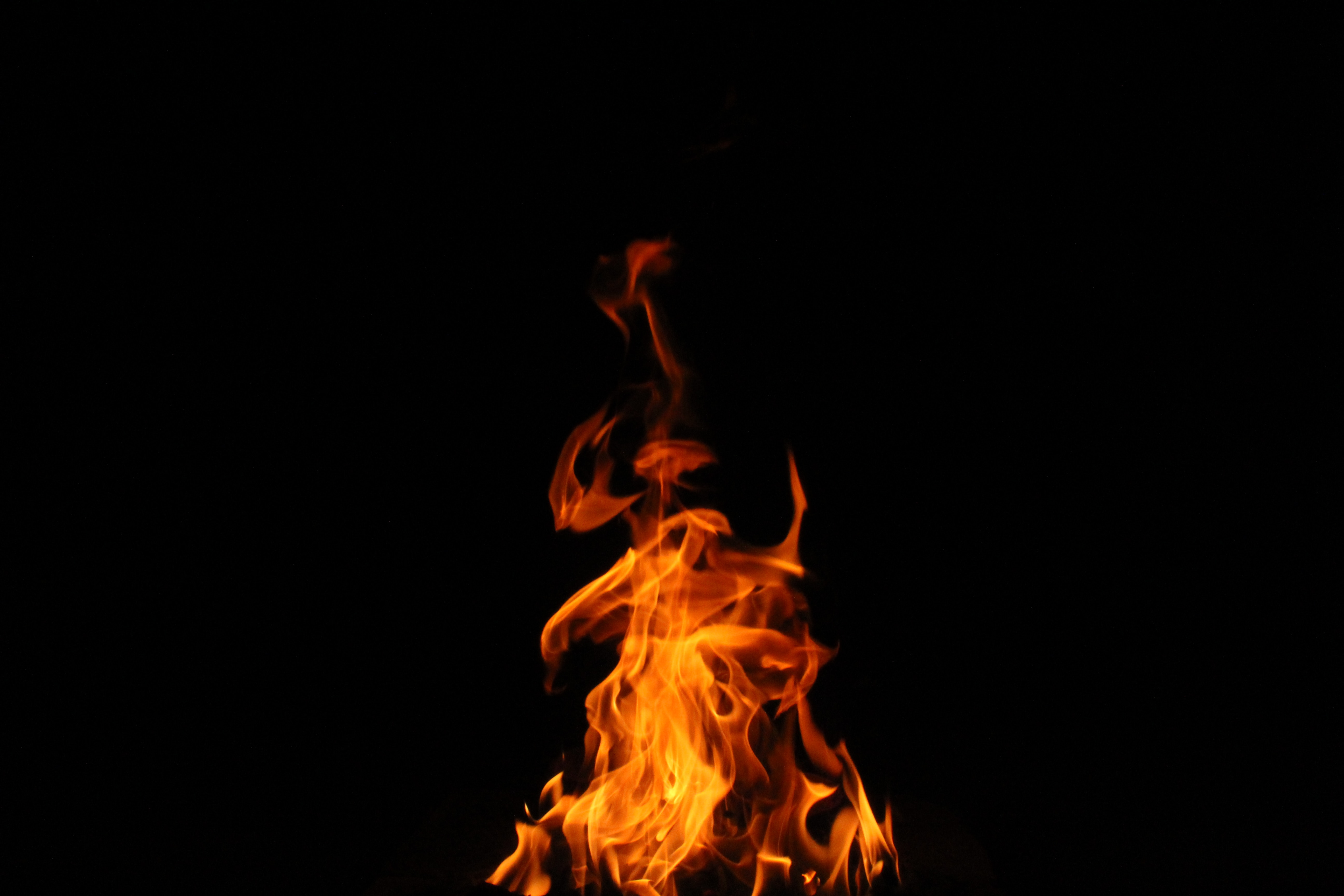While the idea of experiencing raging fires in extreme heats is difficult to grasp here in Canada when cold winds are whipping our faces and ice makes the sidewalks slick, it is a horrific reality for Australians right now. Summer has just begun down under, where a bushfire season amplified in intensity by climate change has wreaked havoc on the continent.
In order to understand what is happening in Australia, we need to know the basics of fire ecology. While terrifying and devastating, bushfires are a natural process that shape the environmental landscape, with some native plants having adaptations to fire disturbances, such as Australian native Eucalypts. These resilient plants have dormant buds that remain just below the soil known as lignotubers, which will provide the plant with essential nutrients to promote regrowth after the fire has burned off the vegetation above ground. These adaptations are necessary for survival in a fire-prone environment found in Australia, and humans must also learn to adapt to it as best we can. The strategy for human adaptation to these events is extensive research aiming to predict and control the bushfires.
Controlling bushfires once they have started poses a challenge, but there are 3 ways to put out a fire: 1. Remove oxygen, 2. Remove heat, and 3. Remove fuel. Removing oxygen to control a bushfire is not a viable option, and climate change significantly affects control measures as the summers in Australia become increasingly hot and the number of days where the heat poses an extreme fire danger increases as well, the last element, fuel, is the easiest part to manage. The fuel available to a fire can be limited by creating “fuel breaks” which involves raking twigs/branches/etc away from the fire so it cannot spread as easily. When a fire is approaching an area with a lot of fuel that would facilitate the spread of the fire, it can be deliberately burned before the larger bushfire spreads to that area, leaving it with no fuel to continue burning. Water bombing is a well-known fire control strategy, but the mechanism behind it is often misunderstood. Although it may look like the aim of water bombing is to put out the fire by extinguishing it out with water, but the most effective mechanism behind water-bombing is the change of state of the water from liquid to gas. The water vapor produced will increase the humidity in the air, making it harder for the fire to continue burning. Recently rain has given some relief to those fighting the fires, but it is hardly the end of fire season on the continent.
Now that we understand the essential elements of fire and how bushfires are part of the natural cycling of the environment in Australia, we can better identify the role of climate change in the exacerbation of the fires. In Australia, the major impact of climate change is extremely hot and dry conditions. The heat in Australia is already extreme, but Australia’s average temperature has increased by more than one degree over the past century. The extreme heat and dryness create highly flammable fuel by killing flora through droughts, leaving completely desiccated plant material in its wake, which makes excellent kindling to start any forest fire. With parts of southern Australia facing declines in precipitation due to the shift in direction of the Southern Annular Mode towards Antarctica, bypassing Australia entirely (This shift is attributed to climate change). With little to no rainfall since 2017, there is no natural force to counteract the dryness and/or control fires naturally when they start, and the extremely dry brush facilitates rapidly spreading flames that quickly rage out of control, no matter how the original fire started.
While climate change deniers will dismiss the underlying causes of these particularly vicious fires and point the blame to an “arson epidemic”, this is not the case. Arsonists did not somehow create a three year long drought, extremely high temperatures, and the excessive dryness of the environment, but also, the reports of inflated numbers of arson-related arrests are inaccurate. Any source of ignition would have run the risk of resulting in a massive bushfire, arsonists rampant or not. The environmental conditions have been described as “the perfect storm” for bushfires, and we have unfortunately been hit hard by said storm.
The environmental devastation of the bushfires has been horrendous, with an estimated one billion animals dead, a massive biodiversity loss from many ecosystems entirely. While the Koala is the face of Australian wildlife, there are plenty of unique species that lost acres and acres of habitat and faced high mortality rates. While some ecosystems have natural burn cycles and have adapted to survive occasional inferno, some like the subtropical Gondwana rainforests of Queensland-New South Wales border, have not. These areas have also been engulfed by the flames, however no record of these habitats burning has ever been made, so rebounding from such a devastating event will at the very least be a huge challenge, if not impossible.
While at times like this where we are bundled up facing the cold we can feel detached and slightly helpless to the fires, we can always provide some sort of assistance. There is always hope for recovery, with options to donate to relief efforts available here : https://www.canadahelps.org/en/australian-fires/





